Under GRAP Stage-1, authorities step up cleaning, dust controls and compliance as AQI dips toward “very poor”
New Delhi, October 17, 2025 — As Delhi’s air quality begins its familiar downhill slide with the onset of colder weather, the government has unveiled a winter action plan aimed at preempting severe smog episodes. Under Stage-1 of the Graded Response Action Plan (GRAP), the authorities will intensify mechanized street sweeping, road sprinkling, anti-open burning patrols, stricter construction dust enforcement, and ramped up PUC checks in traffic corridors. With wind speeds dropping, overnight temperature inversions looming, and pollution inputs rising, the next 7–10 days are seen as critical in breaking early accumulation.
Officials warn that episodic triggers — stubble burning in neighbouring states, Diwali fireworks — remain wildcards, but insist that proactive discipline at local sources can blunt sustained “severe” stretches. Independent experts underscore quick wins like repairing broken roads (dust churn) and rigorous on-site dust suppression at large infrastructure projects. The question now: can Delhi build resilience before the worst sets in?
Below is a detailed look at the new plan, the science of smog, governance challenges, enforcement trade-offs, public health stakes, and what to watch in the coming weeks.
I. Context & Why Winter Smog Returns
The Smog Mechanism: Inversion, Emissions & Stagnation
Delhi’s fall-winter smog is not natural — it’s the result of a confluence:
- Temperature inversion: colder night air traps a layer of warm air above, preventing vertical mixing.
- Reduced wind speeds: weaker surface winds fail to disperse pollutants.
- Rising emissions: vehicle exhaust, construction dust, industrial emissions, biomass burning, open fires.
- Regional plumes: stubble burning from Punjab, Haryana, western UP add upstream load.
Once accumulations begin, secondary pollutants like PM₂.₅, PM₁₀, NOₓ, ozone precursors and organic aerosols feed chemical smog, exacerbating health risks.
Delhi’s History & Precedents
Delhi routinely enters “very poor” and “severe” AQI categories from November through February. In past severe years (e.g. 2016, 2017, 2019), multi-week smog episodes forced emergency school closures, public transport mandates, and litigation interventions.
The GRAP framework, codified after Supreme Court mandates, provides a stepwise escalation—from Stage-1 (moderate intervention) to Stage-4 (full lockdown in extreme cases). Yet compliance, coordination across Delhi/NCR, and resource constraints have often diluted its impact.
In 2023 and 2024, early onset of smog caught administrations offguard; forecasts and interventions lagged behind the curve. This year, officials say, they aim to flip that reactive posture into a proactive stance.
II. The Government’s Winter Plan: What’s Being Rolled Out
Stage-1 Activation & Key Measures
Under Stage-1, the following are in focus:
- Mechanized sweeping & road sprinkling
Dewatering trucks and water tankers will systematically spray roads early morning and late evening. Mechanized road sweepers will cover priority zones (heavy traffic, commercial hubs). - Anti-open burning patrols
Fire brigades, municipal squads, and police will patrol vulnerable peri-urban zones to detect early open burning of garbage, crop residue, or debris, with on-the-spot fines. - Construction dust control enforcement
All active construction sites must deploy dust suppression systems (water mists, fabric covers, wheel-wash stations). Violation teams will inspect daily, issue notices, and in repeat cases, stop work. - PUC (Pollution Under Control) enforcement on vehicles
Roadside PUC checks will be stepped up, especially in choke corridors. Non-compliant vehicles face impounding or fines. - Traffic modulation in choke zones
In high-traffic corridors, officials will monitor and regulate vehicular flow. Heavy trucks may be restricted during peak morning/evening hours. - Public advisories & vulnerable group advisement
Government will issue hour-wise advisories urging children, elderly, asthma/COPD patients to avoid outdoor activity during 7–11 AM and 5–9 PM windows. - Data dashboard & transparency push
AQI data will be published in near real time. Citizen complaint portals will be activated for public reporting of burning or dust infractions.
Delhi environment minister Javed Khan said, “If Delhi launches into smog season with discipline at source, we reduce the multiplicative days of ‘severe’. The window for action is now, not when AQI breaches 450.”
Institutional Coordination
- The DPCC (Delhi Pollution Control Committee) will lead coordination among MCDs, DSIIDC, PWD, Transport, EDMC, North-, South-, East-Delhi municipalities, fire department, and traffic police.
- Each agency has target zones and key performance indices (KPIs) tied to compliance metrics (e.g. % roads sprayed daily, number of PUC checks, construction notices issued).
- A daily “Air Quality Command Centre” is activated to monitor live AQI, wind/dust models, weather forecasts, and trigger escalation to GRAP Stage-2 if thresholds cross.
III. Science, Data & Model Forecasting
Forecasting the Next 7–10 Days
Meteorological models integrated with pollution dispersion modules suggest:
- Stable nights, weak boundary layer, and light winds over Delhi/NCR are likely for the next week.
- Northern belt stubble burning may intensify as local farmers burn paddy residue and prepare fields.
- Festival emissions (Diwali-style fireworks) remain a wild card — their timing could accelerate or complicate control efforts.
AQI projections indicate that by Day 5–7, PM₂.₅ levels may breach 350–400 µg/m³ in central zones unless interventions stanch early accumulation.
Where Dust Matters Most: Road Resuspension & Construction
Independent air quality modeling (from academic groups) often attributes 30–40% of Delhi’s particulate load in early winter to local dust resuspension — unpaved stretches, crumbling pavements, potholes, and open dumping. Construction dust can add another 15–25% load in contaminated zones.
Hence, the authorities’ emphasis on road repairs, rapid patching, and suppression systems is well placed. The logic: kill dust sources before they become scaffolding for smog.
Health Load & Vulnerable Populations
PM₂.₅ is a known trigger for respiratory and cardiovascular stress. Elevated levels increase hospital admissions for asthma, bronchitis, COPD, heart failure. For children, they impair lung development; for elderly, they amplify systemic inflammation.
Health departments in Delhi have pre-positioned additional ventilators, alerted ICU beds, urged private hospitals for surge capacity, and distributed masks for outdoor workers and at-risk populations.
IV. Governance Challenges & Trade-offs
Enforcement vs Economic Activity
Strict construction halts or fines may meet resistance from developers, especially on large turnkey infrastructure projects. Authorities must balance enforcement with continuity — rolling temporary stays for critical projects may be needed, but only with dust controls in place.
Jurisdictional Fragmentation
Delhi is one part of NCR. Pollutants cross borders easily. Uttar Pradesh and Haryana governments must align similar measures. Without coordinated action beyond Delhi’s boundaries, local efforts will be diluted.
Resource & Logistics Constraints
Running hundreds of road tankers, mechanized sweepers, enforcement squads, and monitoring vehicles on a tight schedule is resource-intensive. Fuel, water supply, manpower logistics, and vehicle maintenance may bottleneck.
Compliance Fatigue & Public Pushback
Repeated notifications can lead to fatigue among construction firms or municipal contractors. Public may grumble at night-sprinkling noise, road wetness, or water usage. Sustained compliance requires monitoring, transparency, and accountability.
Legal & Political Pushback
Some construction firms may litigate against notices or halts, citing contractual obligations or regulatory ambiguity. Politically, elected representatives in wards heavily burdened (e.g. older colonies) may demand exceptions or relief.
V. Quick Wins & Complementary Measures
While large structural reforms take time, these moves can yield immediate dividends:
- Repair potholes and road shoulders — reduce loose dust that trucks stir up.
- Mandate wheel-wash bays at entry/exit of large sites and heavy traffic zones.
- Vegetative barriers / green buffers along highway edges to trap particulate drift.
- Street washing before sunrise, when particulate deposition is highest.
- Strict enforcement on visible dust flags (tarpaulin, covers) at trucks carrying debris or soil.
- Public campaigns urging no burning, cleaner fuels, and carpooling in early winter.
- Localized neighborhood blitzes in identified hotspots (e.g. Anand Vihar, Narela, Okhla) to create “clean cells” that break smog chains.
VI. What to Watch Over the Next 10 Days
- Does the AQI trajectory flatten or accelerate past 300 µg/m³?
- Are construction infractions and notices up significantly (daily count)?
- Percentage of roads watered/swept daily in major corridors — especially Delhi Gate, Ring Roads.
- Volume of PUC checks and vehicle impoundments in choke zones (Mandir Marg, Chandni Chowk etc.).
- Incidents of open burning detected and penalized near fringe areas.
- Whether regional states issue parallel measures (Punjab, Haryana, western UP) to suppress incoming plume.
- Whether GRAP escalates to Stage-2 or Stage-3 (e.g. odd–even, industrial cuts) depending on persistent thresholds.
VII. Expert Opinions & Critiques
Dr. Kamal Kishore (Environment Expert):
“Delhi cannot hope to succeed solely via palliatives. Dust suppression and source management are vital early. Once a smog dome forms, reactive measures are far less effective.”
Prof. Sagnik Dey (Atmospheric Scientist, IIT Delhi):
“If Delhi nails Stage-1 with discipline, the difference between 400 µg and 800 µg days becomes marginal. But the risk is narrow margins — any upstream slip or legal stay in enforcement can unravel the gains.”
Saroj Bala (NGO activist, Clean Air Collective):
“We need civic enforcement at the micro level — resident associations must spot burning, illegal dumping, or unauthorized construction. Top-down plans must be backed by bottom-up civic action.”
VIII. Political & Public Response
Public opinion in recent years has increasingly demanded stricter action and accountability during smog season. In metros like Delhi, social media hashtags like #DelhiChoked, #CleanAirNow gain traction as AQI balloons.
Opposition parties may use non-compliance in certain wards for political gain, demanding exceptions for large projects or relief to affected zones. The key test: whether the government maintains resolve and does not waiver under pressure.
If enforcement is strict but visible (e.g. cameras capturing errant dust trucks), public trust may strengthen. If patchy, skepticism will return.
IX. Strategic Implications: Beyond This Winter
- Over time, Delhi must invest in permanent infrastructure: closed sewage drains, covered roads, dust-secured redevelopment zones, tree belts, solar pavements.
- Upgrading construction regulations: mandatory dust suppression, fixed dust budgets per site, real-time sensor monitors.
- Developing regional synchronized smog protocols across NCR states (joint GRAP sessions, pollutant emission caps).
- Investing in real-time monitoring networks for PM₂.₅, NO₂, O₃ across micro-zones, with transparency for citizens.
- Reframing air quality as a public health emergency rather than seasonal nuisance.
X. Conclusion
Delhi’s winter smog is predictable — but severe stretches need not be inevitable. The government’s GRAP Stage-1 emphasis on road sprinkling, sweeping, construction control, PUC checks, and early enforcement shows a sharper recognition that timely discipline matters more than late reaction.
If Delhi can sustain the plan over these next critical days, it may blunt the severity of smog episodes — not eliminate them, but keep air breathable for more hours, reduce health loads, and reset public expectations. What matters is consistency, coordination across regions, and resolve to hold ground when pressure mounts.
Because in that narrowing window before inversion sets in, every street sprayed, every mound suppressed, every truck sealed — can tilt the difference between “very poor” and “severe”.
Delhiians will be watching closely: this winter’s air may just test whether governance, science and civic will can finally breathe easier.
#DelhiAQI #Pollution #GRAP #CleanAir #PublicHealth #NCR #Smog #AirQuality #DelhiNews #Environment


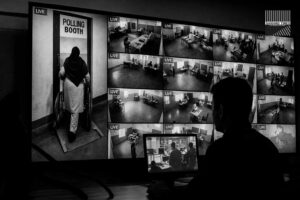

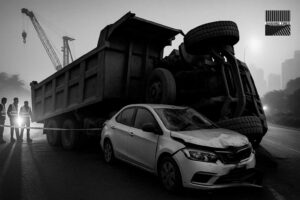
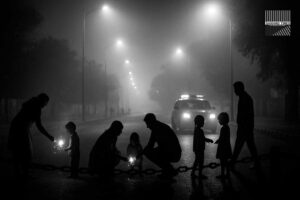
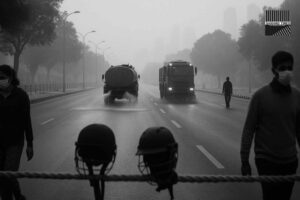




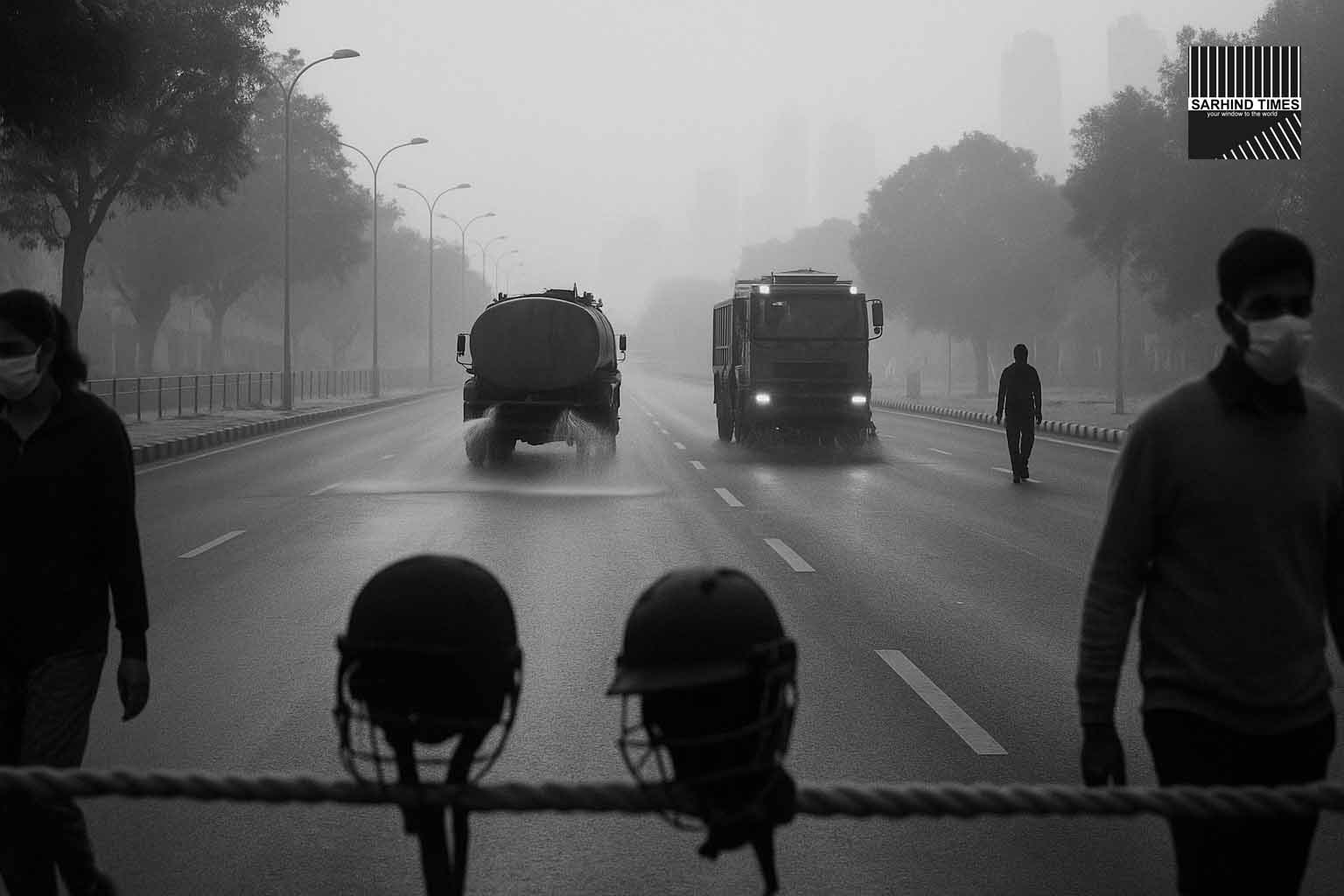
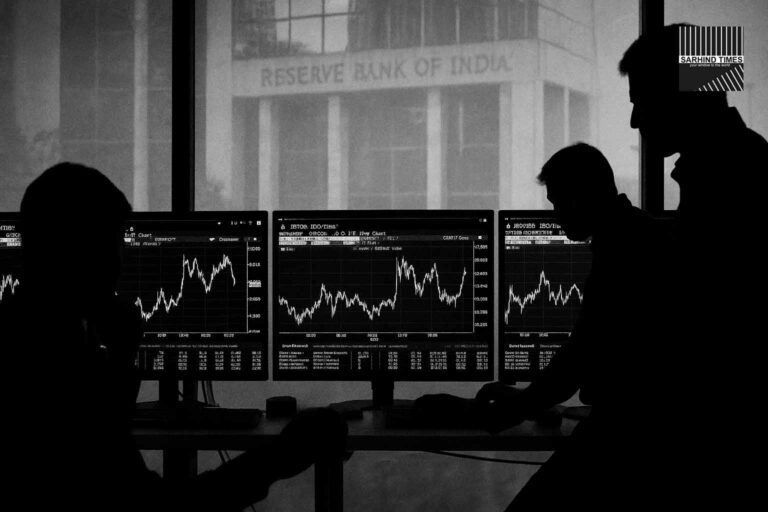
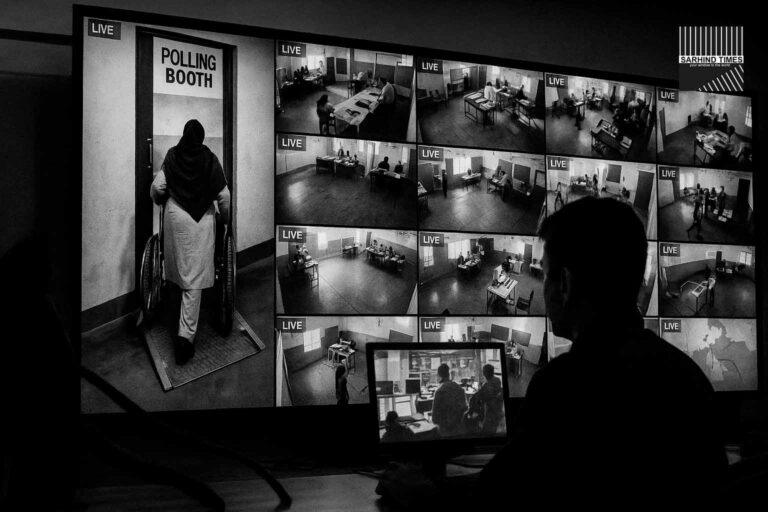
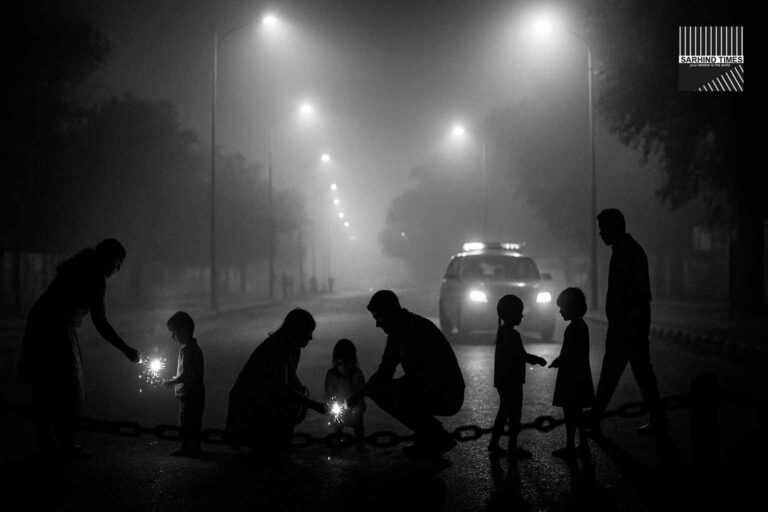
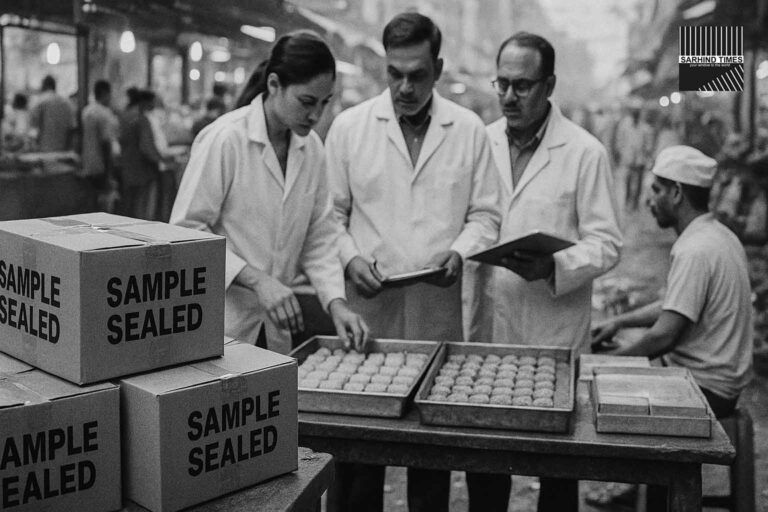
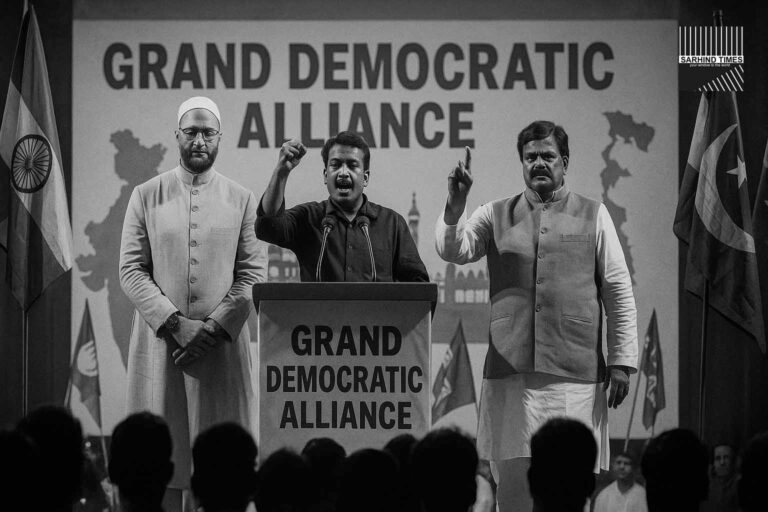
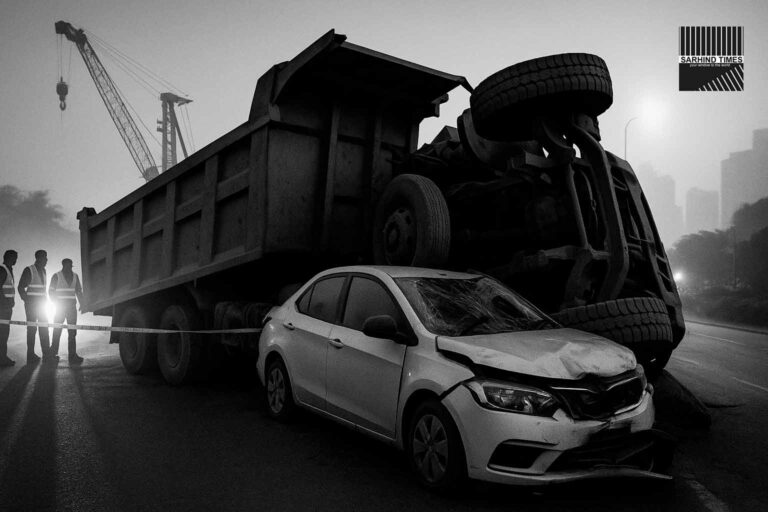
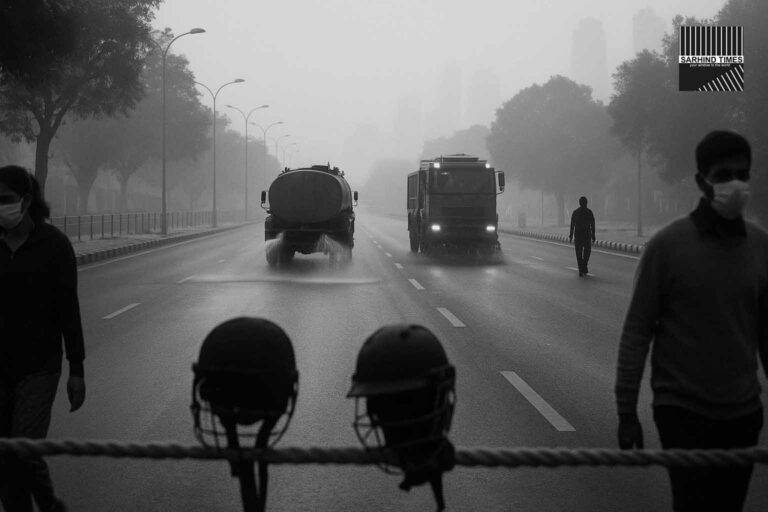
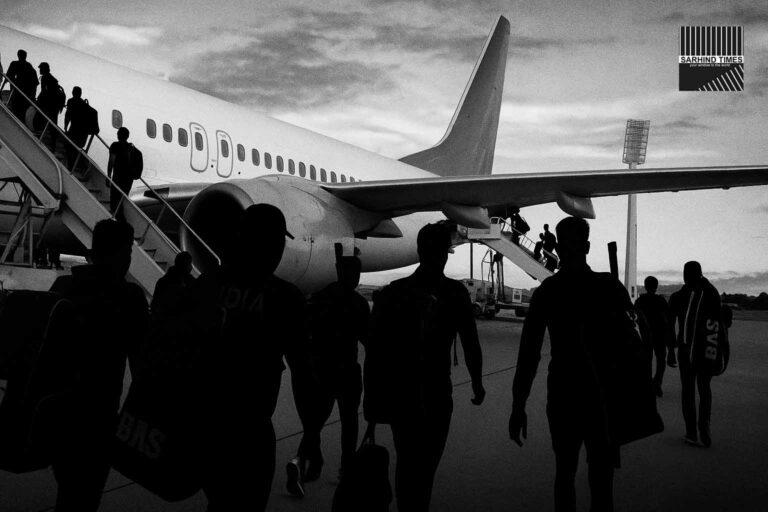
+ There are no comments
Add yours